Historic Michigan tribal burial ground threatened by coastal erosion

In June of 1662, hundreds of Native Americans from the Iroquois nation were killed on the shore of Lake Superior by local Chippewa defending their land. Now, 357 years later, the burial site of local natives killed in that battle is being threatened by an eroding shoreline fueled by the rising water levels of Lake Superior.
Sea level rise will see 40pc of Australia’s beaches lost, predicts new study

Beaches are a part of Australian life, and new research says that we’re going to lose about 40 per cent of Australia’s beaches over the next 80 years.
Fixed for Failure: How flood insurance keeps dangerous homes standing in SC
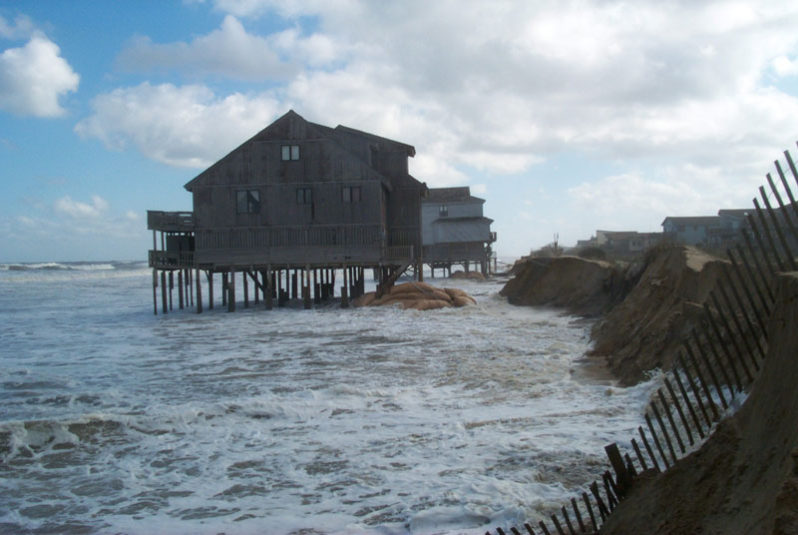
Flooding caused by rising tides, hurricane-force winds and rain deluges, has left a glut of damaged properties in South Carolina’s real estate market, specifically in cities along the coast.
Israeli scientists work to save the country’s coastline from rising tides

As the sea level rises and human interference continues, the Israeli coast will experience more intense flooding, disappearing beaches, and intensifying coastal erosion.
Mississippi river delta marshes have hit a tipping point, study finds
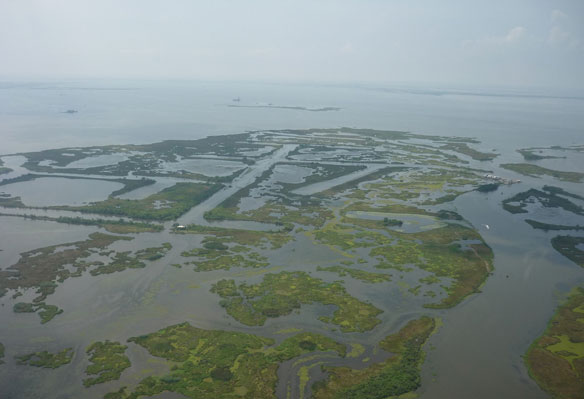
New research finds that marshes in the Mississippi River Delta have hit a tipping point and will likely drown this century due to sea level rise.
Antarctic ice sheets capable of retreating up to 50 meters per day
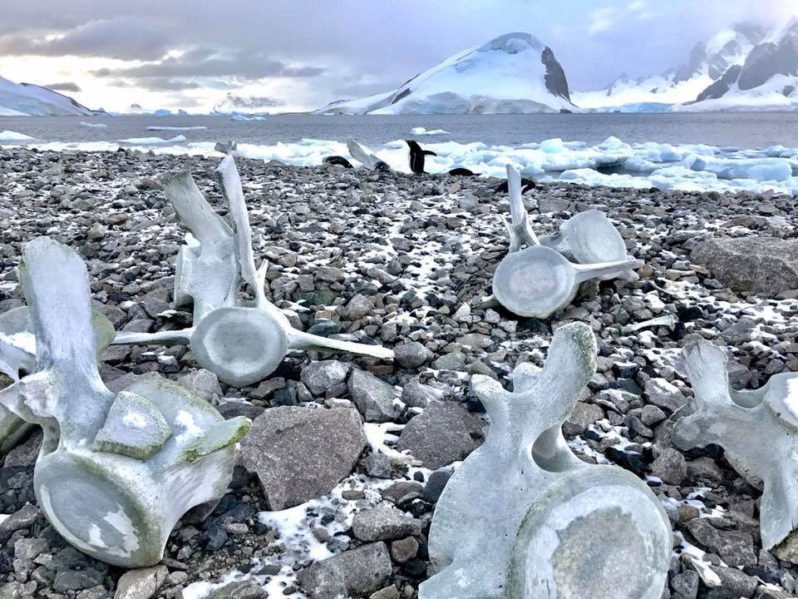
The ice shelves surrounding the Antarctic coastline retreated at speeds of up to 50 meters per day at the end of the last Ice Age, far more rapid than the satellite-derived retreat rates observed today, new research has found.
As California beaches reopen, seawall construction becomes legislative battleground
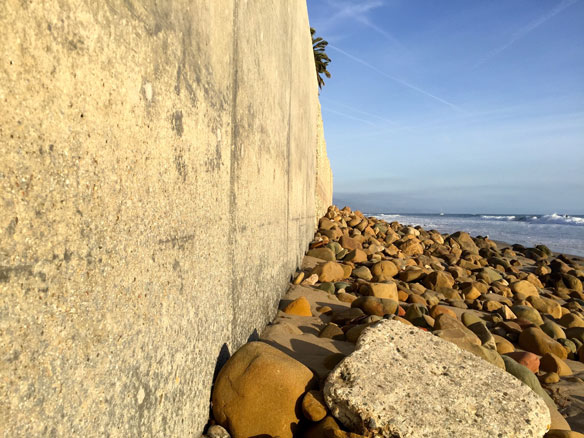
In a move this month that outraged environmentalists and caught coastal regulators off guard, a Republican senator pushed forward legislation that would revise a key section in the state’s landmark Coastal Act and allow homeowners in San Diego and Orange counties to build seawalls by right.
Modern sea-level rise linked to human activities, Rutgers research reaffirms
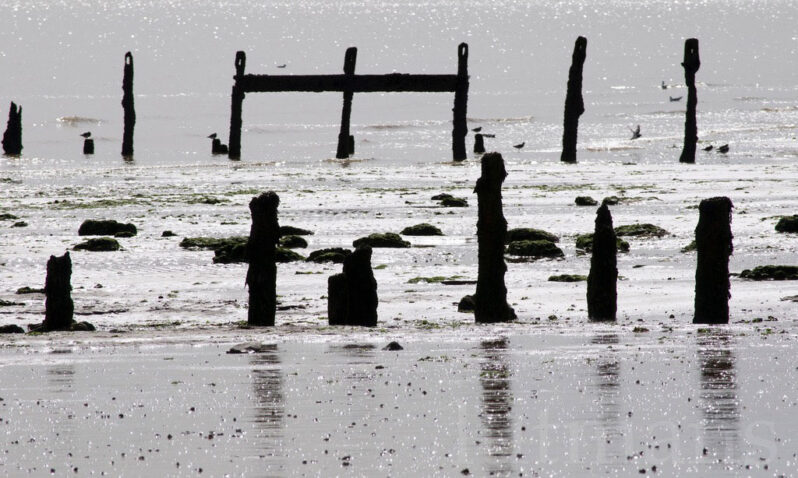
New research by Rutgers scientists reaffirms that modern sea-level rise is linked to human activities and not to changes in Earth’s orbit. The paper reconstructed the history of sea levels and glaciation since the age of the dinosaurs ended.
Editorial: Oppose barrier island development, South Carolina
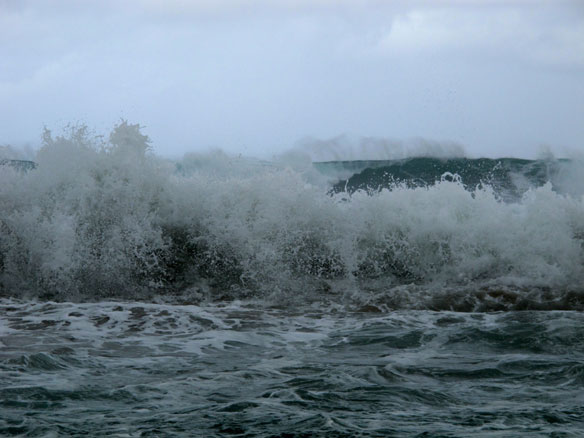
A $100 million project for a high-end resort on Bay Point Island didn’t meet Beaufort County’s definition of “ecotourism” in December. But now they do.
